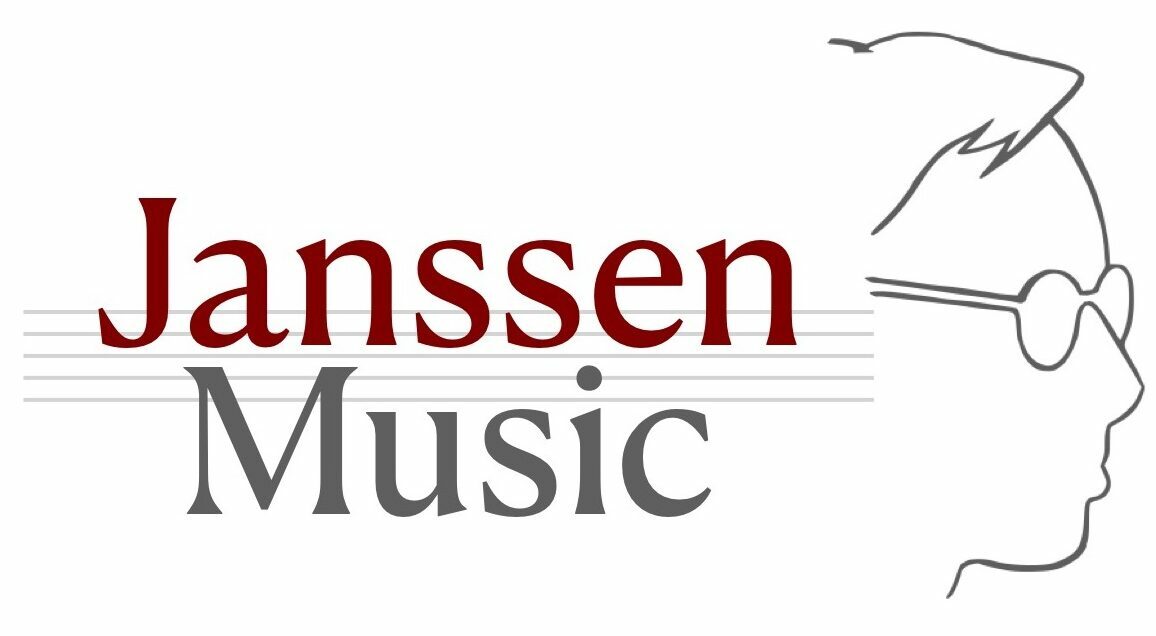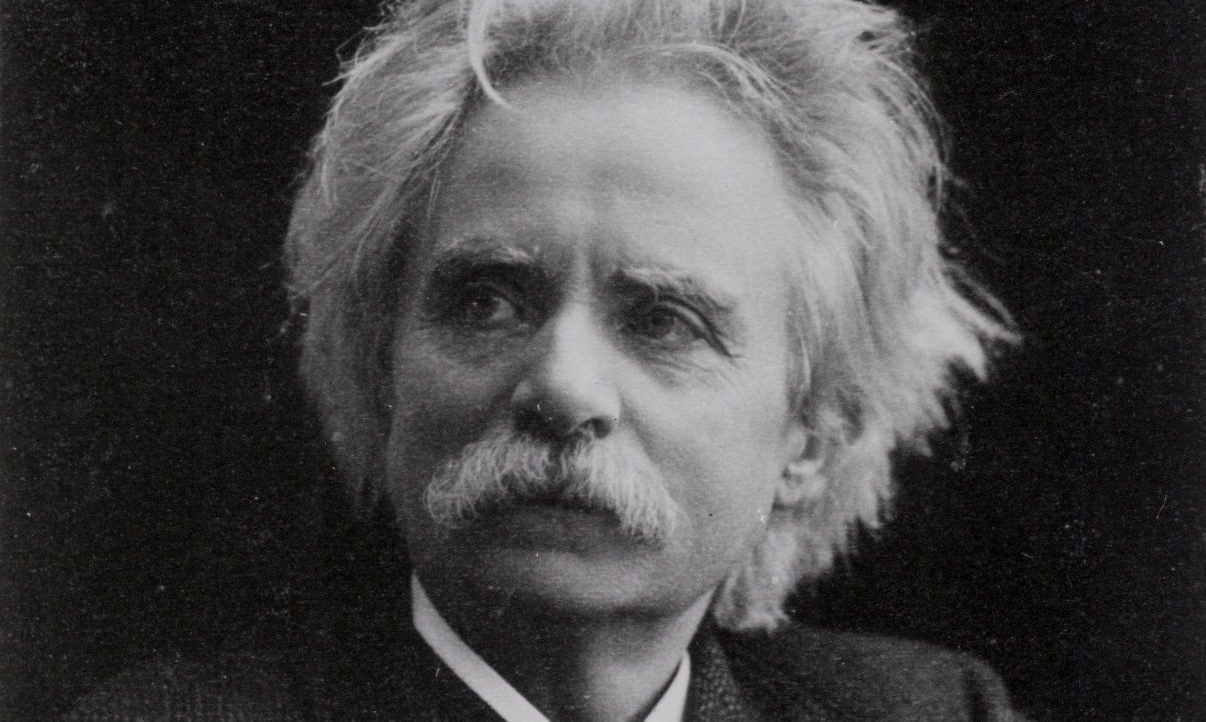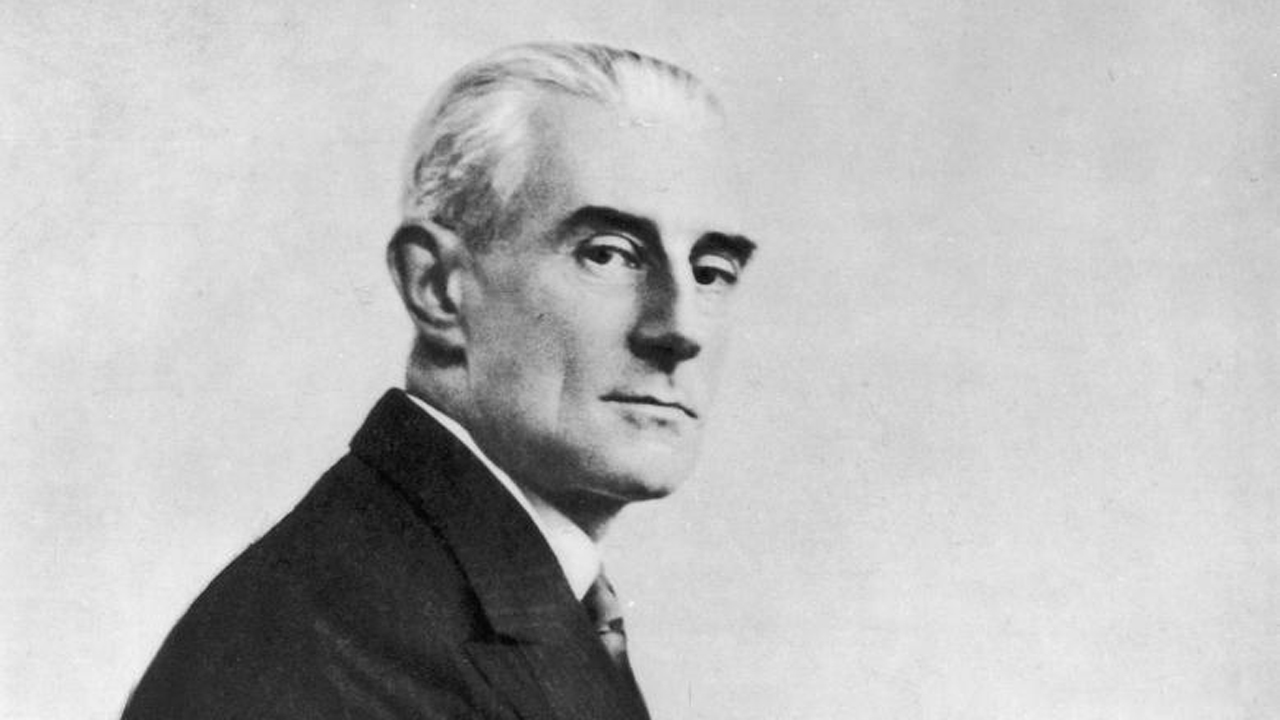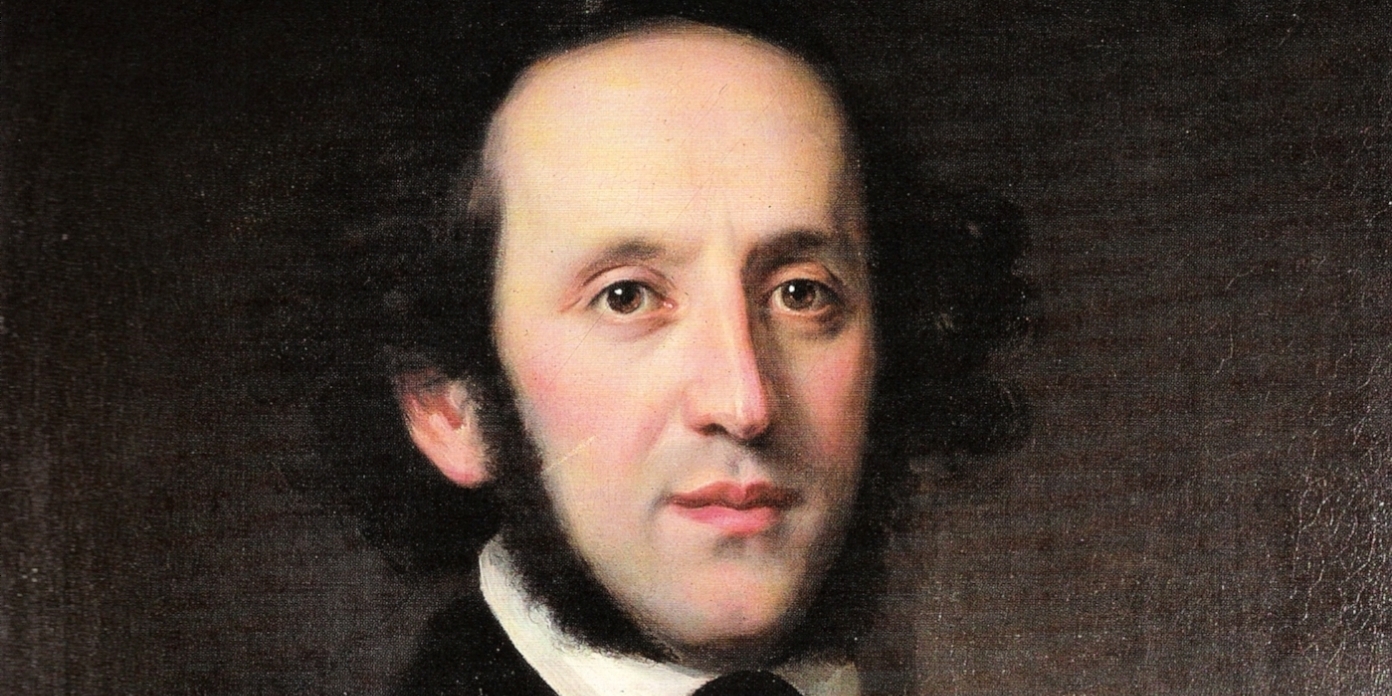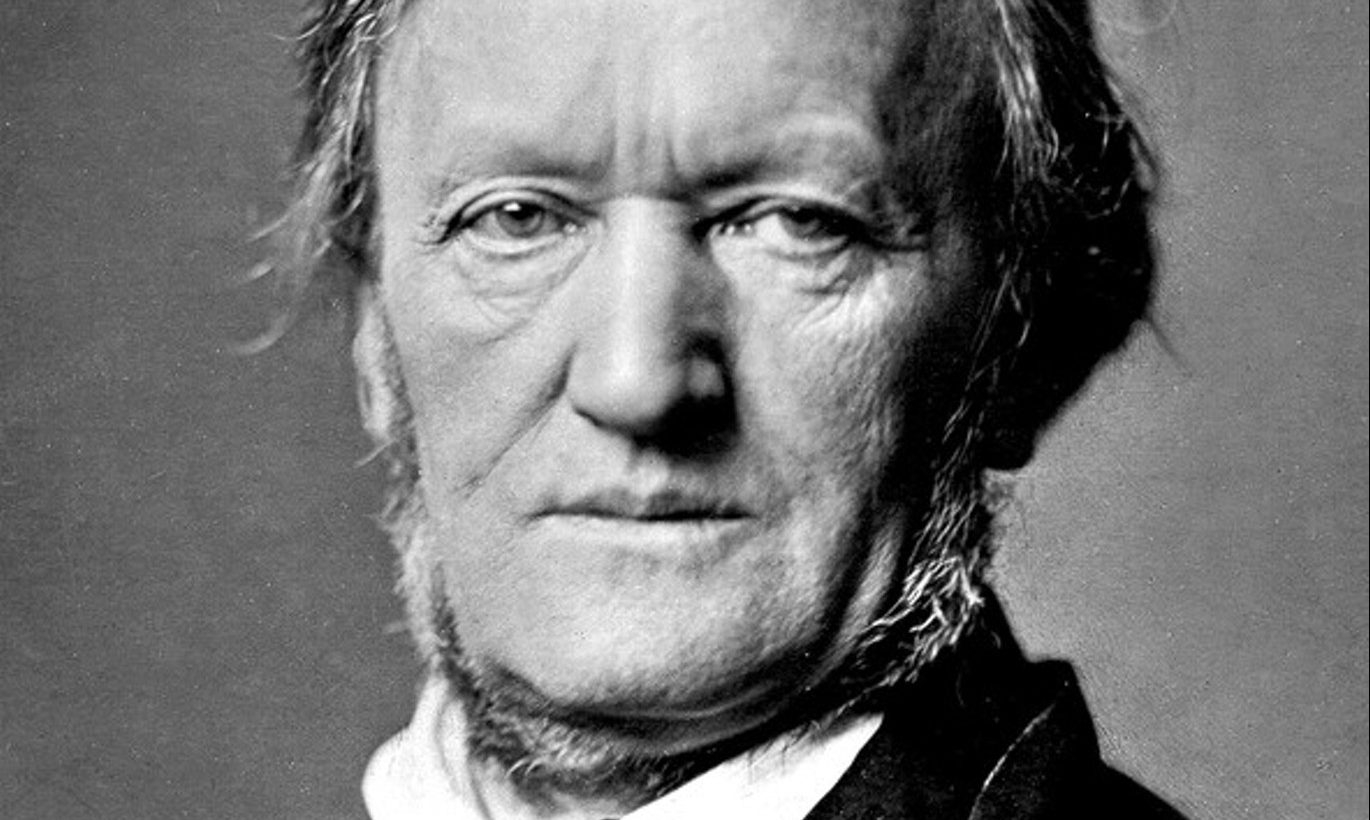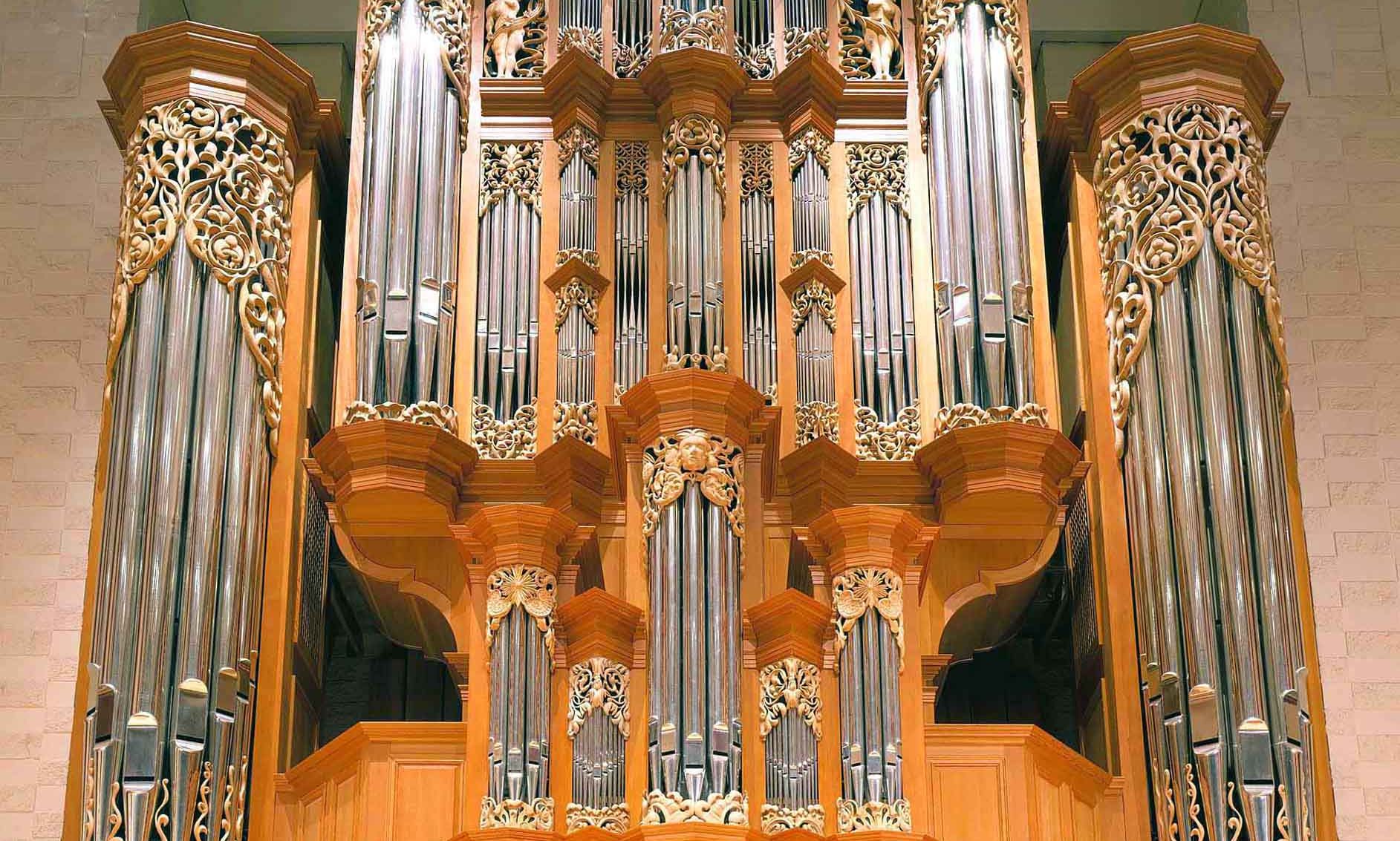‘Der Ring des Nibelungen’ (The Ring of the Nibelung) is a cycle of four epic operas by German composer Richard Wagner (1813-1883). The works are based loosely on characters from the Norse sagas and the Nibelungenlied. The four dramas, which the composer described as a trilogy with a “Vorabend” (preliminary evening), are often referred to as the Ring Cycle, Wagner’s Ring, or simply The Ring.
Wagner wrote the libretto and music over the course of about 26 years, from 1848 to 1874. The four operas that constitute the Ring cycle are, in sequence: “Das Rheingold” (The Rhine Gold), “Die Walküre” (The Valkyrie), “Siegfried” and “Götterdämmerung” (Twilight of the Gods).
Although individual operas of the sequence are sometimes performed separately, Wagner intended them to be performed in series.
The Ring proper begins with “Die Walküre” and ends with “Götterdämmerung”, with “Das Rheingold” as as prelude. Wagner called “Das Rheingold” a “Preliminary Evening”, and “Die Walkure”, “Siegfried” and “Götterdämmerung” were subtitled “First Day”, “Second Day” and “Third Day”, respectively, of the trilogy proper.
The scale and scope of the story is epic. It follows the struggles of gods, heroes, and several mythical creatures over the eponymous magic Ring that grants domination over the entire world. The drama and intrigue continue through three generations of protagonists, until the final cataclysm at the end of “Götterdämmerung”.
The premiere of the complete cycle took place in Wagner’s Bayreuth Festival on 14-17 August 1876.
The whole Ring is now available for wind orchestra in four Symphonic Suites.
1. “Das Rheingold”
“Das Rheingold” handles about the three Rhine-daugthers who guards the gold that alternately “sleeps” and “wakes” on the bottom of the Rhine. They claim that one who forswears all love may forge a Ring from this gold. And that the one, shoe keeps this Ring can win all riches and powers of the earth. “Das Rheingold” received its premiere at the National Theatre in Munich on 22 September 1869.
2. ‘Die Walküre’
“Die Walküre” quickly became the most enduringly popular, for a number of reasons. For one thing, after the gods, goddesses, dwarves and giants of “Das Rheingold”, “Walküre” introduces human beings into the story of the Ring. It begins with two very sympathetic people, Siegmund and Sieglinde and the first act is devoted to them falling in love.
The music of “Die Walküre” builds significantly on “Das Rheingold”, where he had begun using “Leitmotifs” to construct the music. These short segments of melody, rhythm or harmony could be associated with a character or a dramatic event, even an emotion or an object. In “Die Walküre”, Wagners used them to help suspend time itself while the drama took place, wordlessly “inside” the characters. Thanks to Wagner’s brilliant writing for orchestra, something he had to develop even above what he had done in “Das Rheingold”, the audience actually experiences for themselves the inner lives of the characters on stage.
“Die Walküre” received its premiere at the National Theatre in Munich on 26 June 1870 at the insistence of King Ludwig II of Bavaria.
3. ‘Siegfried’
“Siegfried” is primarily inspired by the story of the legendary hero Sigurd in the Norse mythology. “Siegfried” received its premiere at the Bayreuth Festspielhaus on 16 August 1876, as part of the first complete performance of the Ring.
4. ‘Götterdämmerung’
“Götterdämmerung” received its premiere at the Bayreuth Festspielhaus on 17 August 1876, as part of the first complete performance of the Ring. The title is a German translation of the old Norse phrase “Ragnarök”, which in Norse mythology refers to a prophesied war among various beings and gods that ultimately results in the burning, immersion of water and renewal of the world. However, as with the rest of the Ring, Wagner’s account diverges significantly from his old Norse sources.
The fate of the world is sealed in “Götterdämmerung”, a fearless but naïve hero is defeated by a corrupt and treacherous society.
Publisher: → Baton Music
(explanation text: © Baton Music Eindhoven)
